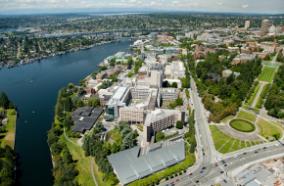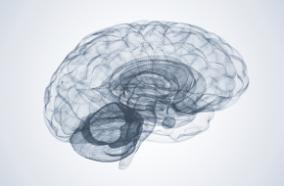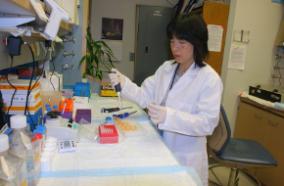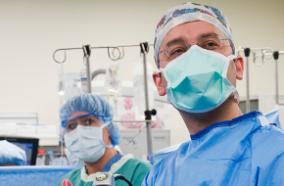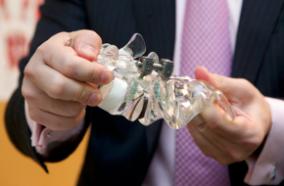Results from a Phase IIb, Randomized, Multicenter Study of GVAX Pancreas and CRS-207 Compared with Chemotherapy in Adults with Previously Treated Metastatic Pancreatic Adenocarcinoma (ECLIPSE Study).
Results from a Phase IIb, Randomized, Multicenter Study of GVAX Pancreas and CRS-207 Compared with Chemotherapy in Adults with Previously Treated Metastatic Pancreatic Adenocarcinoma (ECLIPSE Study).
Clin Cancer Res. 2019 Sep 15;25(18):5493-5502
Authors: Le DT, Picozzi VJ, Ko AH, Wainberg ZA, Kindler H, Wang-Gillam A, Oberstein P, Morse MA, Zeh HJ, Weekes C, Reid T, Borazanci E, Crocenzi T, LoConte NK, Musher B, Laheru D, Murphy A, Whiting C, Nair N, Enstrom A, Ferber S, Brockstedt DG, Jaffee EM
Abstract
PURPOSE: Limited options exist for patients with advanced pancreatic cancer progressing after 1 or more lines of therapy. A phase II study in patients with previously treated metastatic pancreatic cancer showed that combining GVAX pancreas (granulocyte-macrophage colony-stimulating factor-secreting allogeneic pancreatic tumor cells) with cyclophosphamide (Cy) and CRS-207 (live, attenuated Listeria monocytogenes expressing mesothelin) resulted in median overall survival (OS) of 6.1 months, which compares favorably with historical OS achieved with chemotherapy. In the current study, we compared Cy/GVAX + CRS-207, CRS-207 alone, and standard chemotherapy in a three-arm, randomized, controlled phase IIb trial.
PATIENTS AND METHODS: Patients with previously treated metastatic pancreatic adenocarcinoma were randomized 1:1:1 to receive Cy/GVAX + CRS-207 (arm A), CRS-207 (arm B), or physician's choice of single-agent chemotherapy (arm C). The primary cohort included patients who had failed ≥2 prior lines of therapy, including gemcitabine. The primary objective compared OS between arms A and C in the primary cohort. The second-line cohort included patients who had received 1 prior line of therapy. Additional objectives included OS between all treatment arms, safety, and tumor responses.
RESULTS: The study did not meet its primary efficacy endpoint. At the final study analysis, median OS [95% confidence interval (CI)] in the primary cohort (N = 213) was 3.7 (2.9-5.3), 5.4 (4.2-6.4), and 4.6 (4.2-5.7) months in arms A, B, and C, respectively, showing no significant difference between arm A and arm C [P = not significant (NS), HR = 1.17; 95% CI, 0.84-1.64]. The most frequently reported adverse events in all treatment groups were chills, pyrexia, fatigue, and nausea. No treatment-related deaths occurred.
CONCLUSIONS: The combination of Cy/GVAX + CRS-207 did not improve survival over chemotherapy. (ClinicalTrials.gov ID: NCT02004262)See related commentary by Salas-Benito et al., p. 5435.
PMID: 31126960 [PubMed - indexed for MEDLINE]


